A new year presents an opportunity to prioritize organizing your life and refreshing and rearranging your interiors for improved overall well-being. Optimizing spaces where you recharge to be more calming, welcoming, and restful can boost your mood and improve your mental health.
1. Embracing the Natural World
The design world is seeing a growing trend towards blurring the lines between indoor and outdoor spaces in order to achieve a sense of overall well-being.
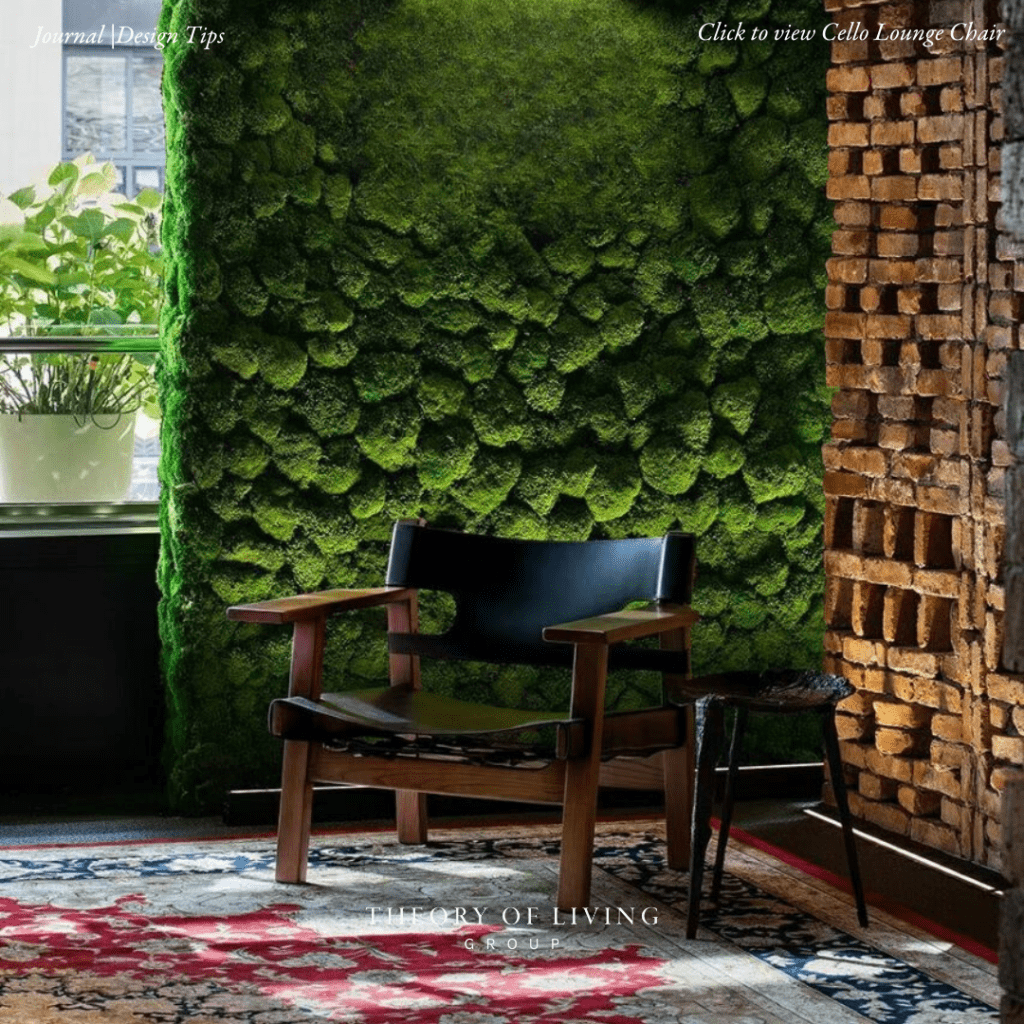
By incorporating large sliding glass doors blurs the boundaries between indoor and outdoor spaces, offering physical and emotional connections with nature. Using natural materials like textured earthy objects, handmade pieces, and vintage wood stools can enhance the sensory experience and create a sense of grounding, benefiting physical and mental health. Don’t forget to add more greenery to bring life and warmth to any overlooked corner of your home.
2. Choosing Your Sources Wisely
To create a comfortable and eco-friendly living space, focus on using non-toxic materials. Opt for natural fibers, low-VOC paints, sustainable woods, and natural stone as they not only enhance a home’s aesthetic appeal but also improve indoor air quality and sustainability. Consider to using plaster and clay as natural wall finishes since these materials provide environmental benefits.
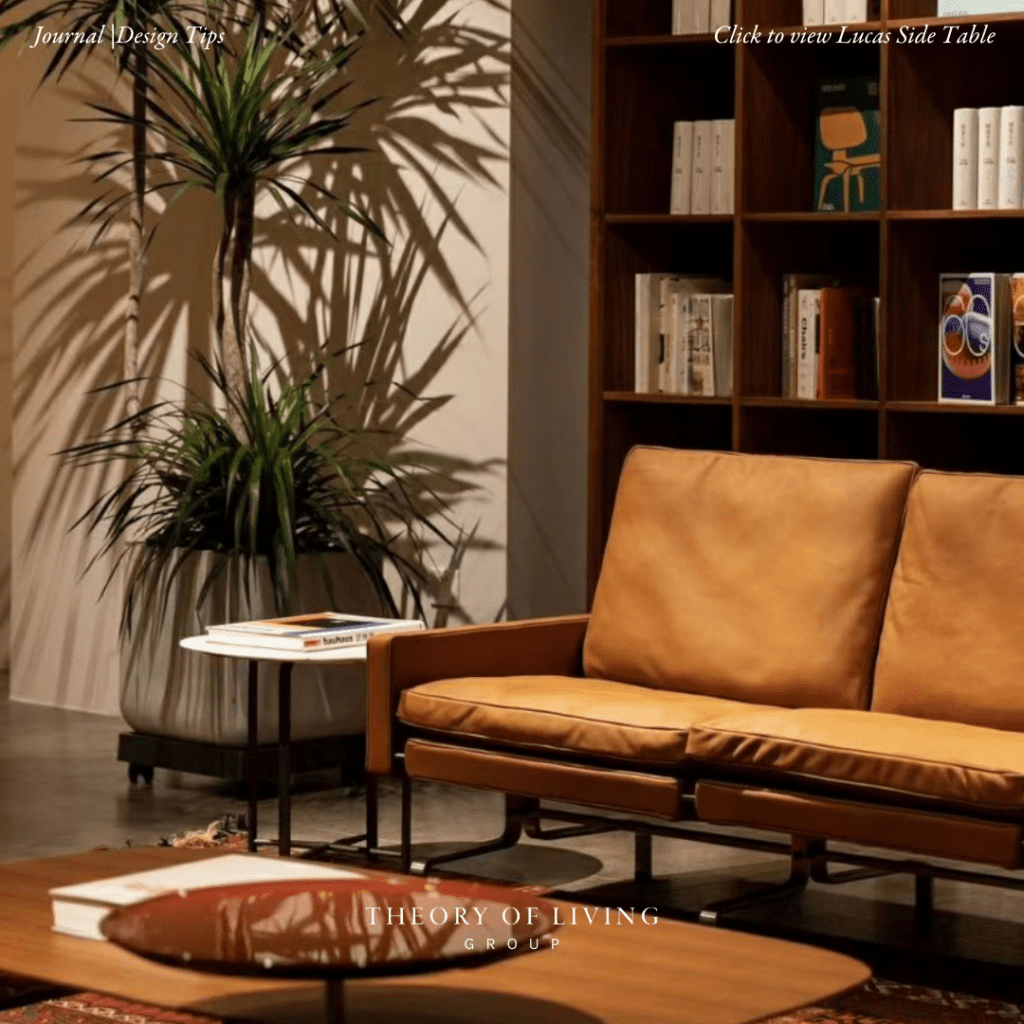
3. Simplify Your Space
There are several ways to optimize your storage usage, such as selecting a side table with a built-in bookshelf, or a bed frame with storage drawers. You can also install drawer organizers in your closet. Additionally, small storage innovations, such as organizing every drawer in your home, can make a significant difference in maintaining a tidy and clutter-free environment.

4. Incorporate Calming Colors
The colors you choose for your interior can greatly impact the atmosphere of a room, as well as your own mood. For example, vibrant shades like fire engine red or tomato can quicken the pulse and energize a space. Alternatively, cooler tones such as blue can create a calming effect. The bedroom is one area where color theory really comes into play since it’s a crucial space for rest and relaxation. Neutral shades like warm browns and cool blues can help foster a sense of tranquility in the room.
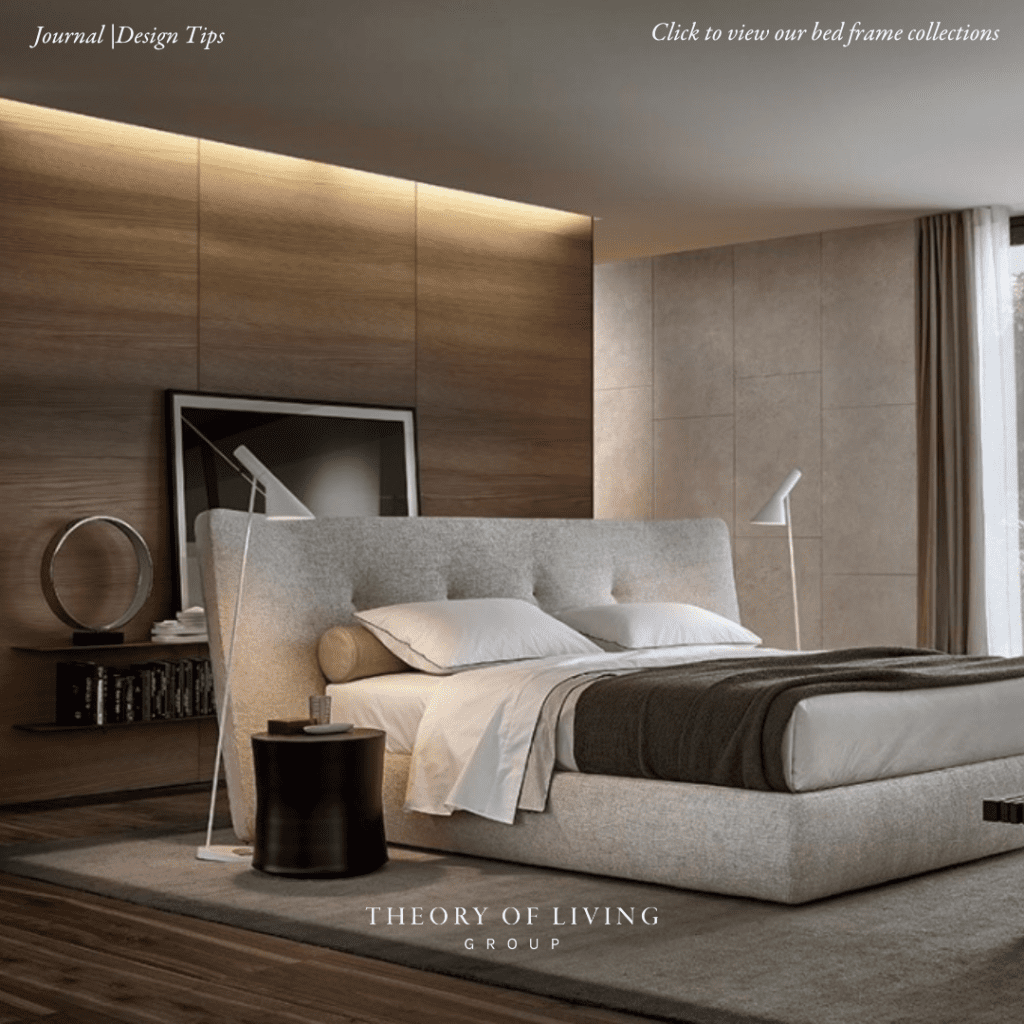
5. Invite Natural Light
Natural sunlight can do more than just improve sleep quality and Vitamin D levels. In your home, sunlight can have a transformative effect on small spaces, making them appear open, airy and bright. To create a mindful space, it’s important to find a balance of natural elements such as light and a connection to the outdoors. You can create opportunities to enhance natural illumination by thoughtfully placing windows, allowing soft light to enter and move throughout the day.
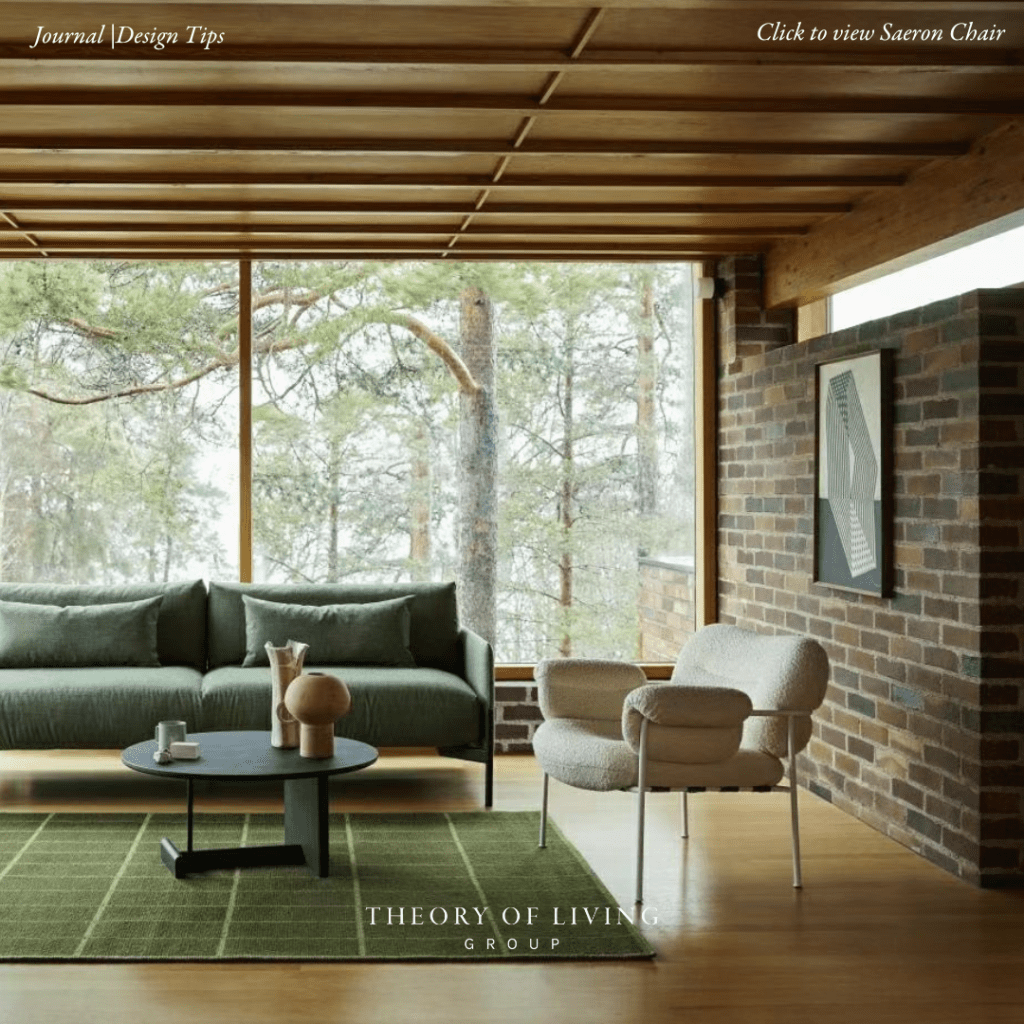
Reference: https://www.architecturaldigest.com/story/ad-pro-directory-designer-tips-on-how-to-rethink-your-space-with-wellness-and-relaxation-in-mind

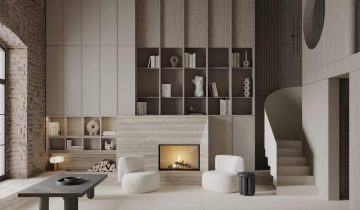

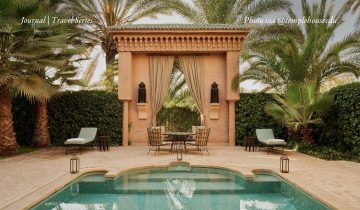
 No products in the cart.
No products in the cart.